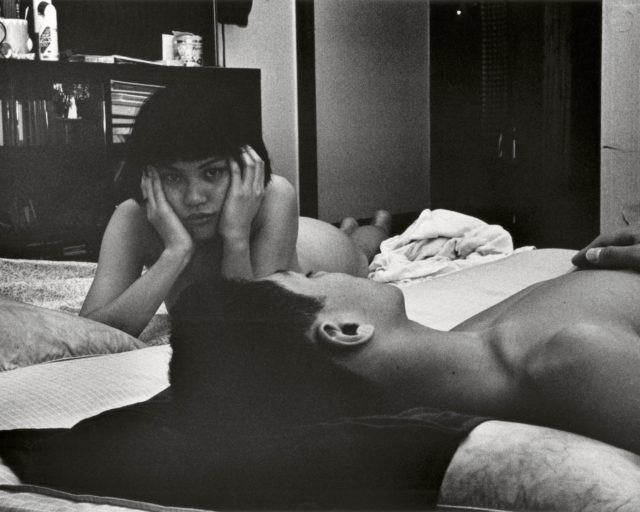Hellen van Meene Wants You to Fight Your Fears
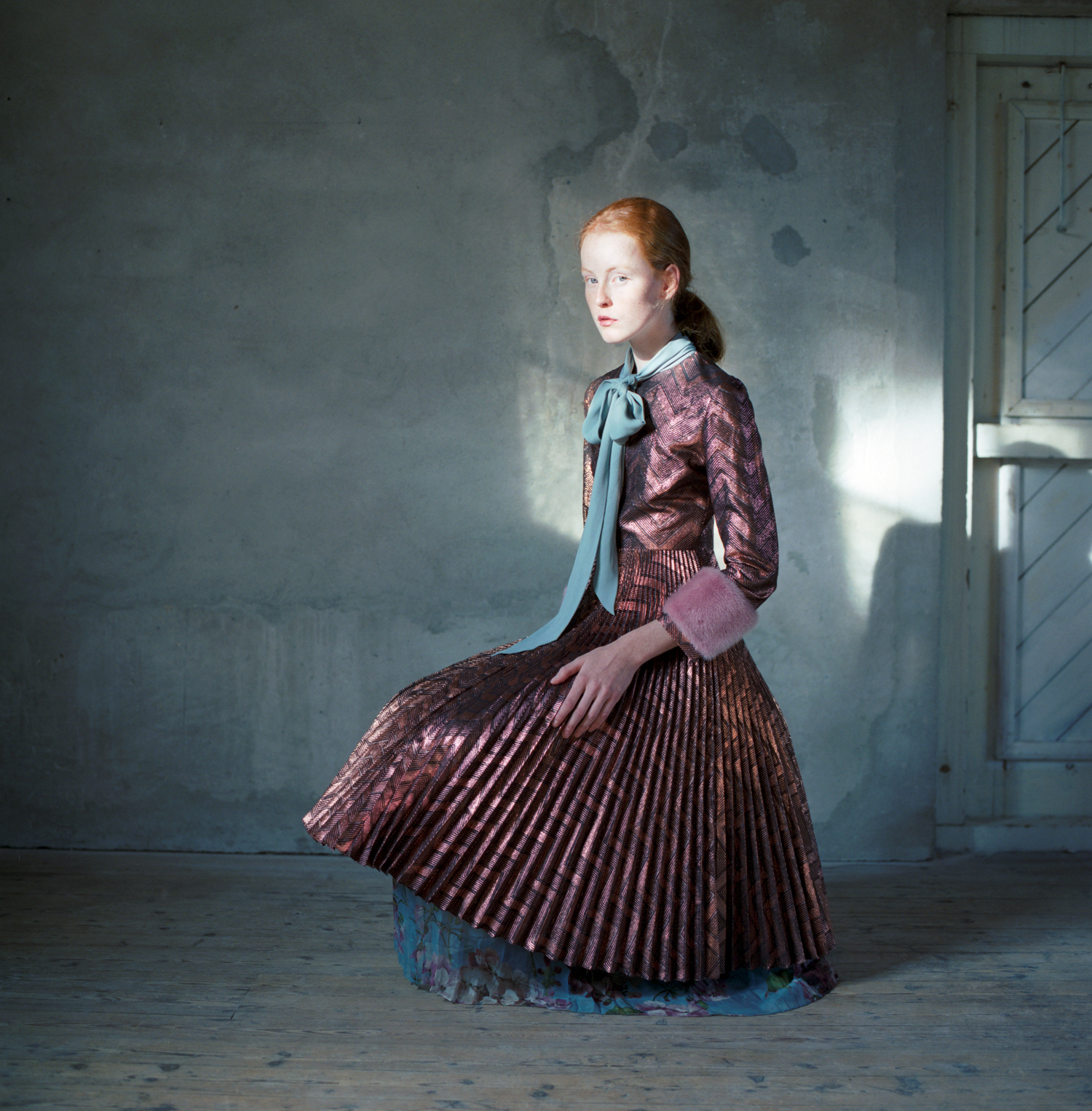
Hellen van Meene, No. 470, 2015
Courtesy the artist and James Freeman Gallery
For more than twenty years, Hellen van Meene has been making photographs of teenagers, capturing the mystical nature of their transitional stages of physical and psychological development in all its introverted glory. Each van Meene photograph inhabits that famous distinctiveness of a classical Dutch painting, as if a secret is being revealed in a small whisper only to the gazing eye under an exquisite light. Working in analog and principally in small format, the sense of intimacy in each of her portraits is palpable. In the later phase of her career, the Dutch photographer explored the subject of intimacy through portraying dogs, as she considers that they share the same kind of intrigue and kinship as her beloved teenagers.
I recently spoke with Van Meene following the opening of her latest exhibition, The Bird in Borrowed Feathers, her first solo show in London since 2008. Comprising new works presented together with a number of pieces from the past decade, the exhibition finds glimpses into these intimate inner worlds and brings their fragility to light in ways that are sometimes surreal and unsettling, often uncomfortable and challenging, but always deeply sensitive and sincere.
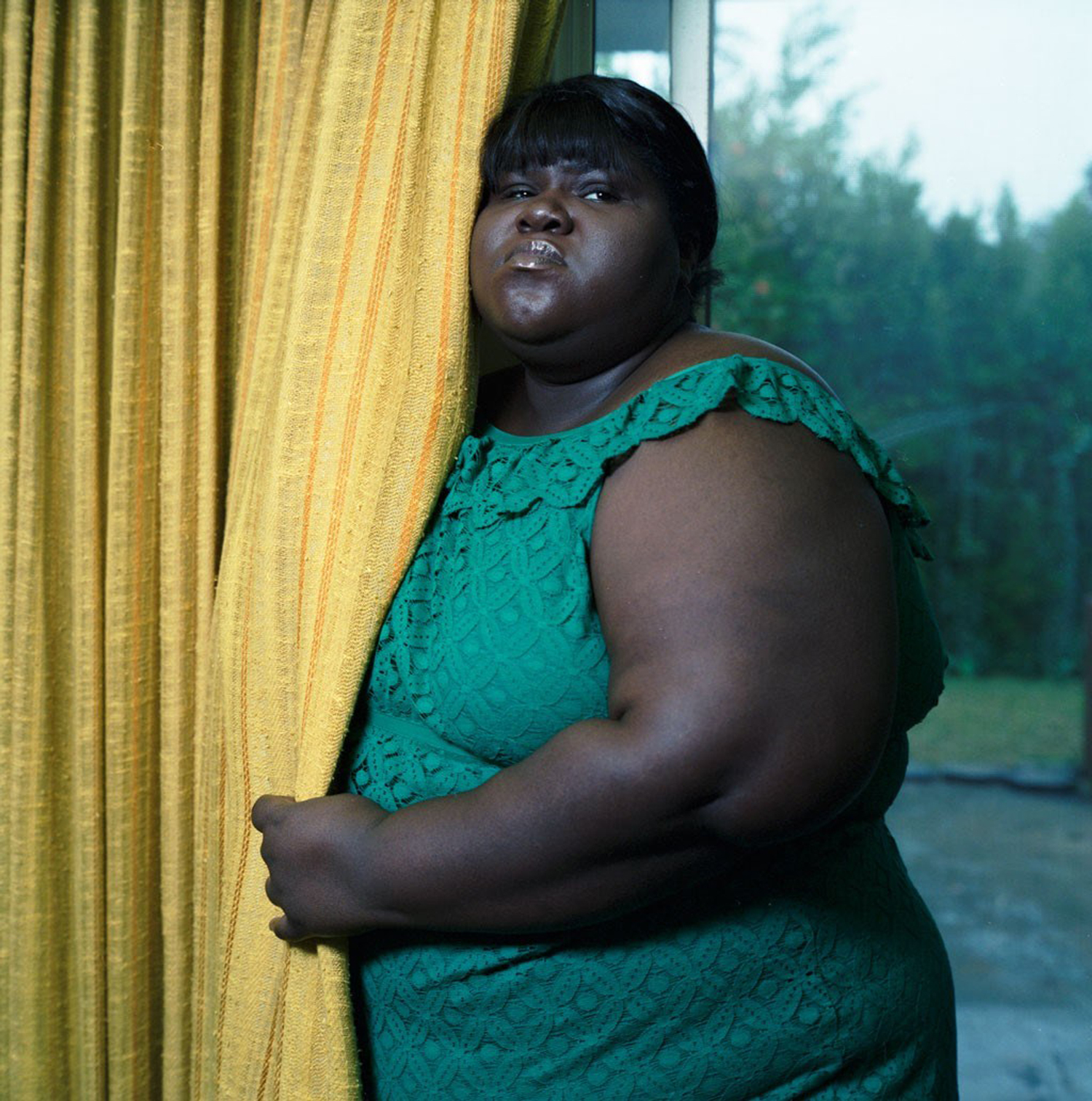
Hellen van Meene, No. 357, 2010
Courtesy the artist and James Freeman Gallery
Heval Okcuoglu: I have always wondered why you photograph young people in the way you do.
Hellen van Meene: As an artist, I have spent over twenty years making the work that I do. In all these years that I have been making photographs, I have never made decisions based on commercial angles. I always followed my heart to make photographs. I have always focused on teenagers because that was my first instinct. Teenagers are still that for me. A teenager for me can be eight years old to twenty-five; sometimes you don’t really see someone’s age on their face. I always felt I related more to young people, not because they are young and people say young is beautiful, but because of the transparency and openness they have. I love to capture these younger faces.
Okcuoglu: What have you learned from decades of experience photographing young people?
Van Meene: The biggest surprise was that even though they are from different countries, have different upbringings, or are subjected to different rules, in the end, happiness, sadness, or shyness is the same for everyone. It is only the way one approaches them that is completely different. In some countries, I couldn’t communicate in their language, but they still understood what I wanted from them. That was an eye-opener that convinced me that I could do this anywhere. I can still make the photos I want, even though I don’t have the right words for it. That’s very liberating. It comes back to intuition and connection.

Hellen van Meene, No. 458, 2014
Courtesy the artist and James Freeman Gallery
Okcuoglu: Your fascination with dogs is also very well documented in your work. In what way is it different from your work with young people?
Van Meene: It’s actually the same. I never realized how easy it was to photograph them because I was afraid of dogs. Dogs can read people so well. Their ability to sense things is the same as that of children. It is because they haven’t learned to distrust their instincts by behaving themselves in the way that adults do. Children are very close to their senses. We still have them too, but we have learned to make them flat, because in day-to-day life people don’t appreciate it so much. Dogs and children do have a lot in common, because they are true to what they are and what they feel.
Okcuoglu: Materials and textiles are an echo from traditional painting that finds expression in your work. Many of your subjects are dressed in exquisite fabrics. In that sense, how does fashion manifest in your work?
Van Meene: It’s just an extra detail in the photos that is necessary. I don’t use clothes like jeans or T-shirts because they are very modern in a way, and that’s something I don’t want in the pictures. I don’t want the clothes to draw attention, that’s about it. Jeans are not so poetic. I try to find vintage clothes or new clothes that looks vintage, and clothes help me to draw the photos more into my story. I want the clothes to be there, but they should also disappear at the same time.

Hellen van Meene, No. 501, 2017
Courtesy the artist and James Freeman Gallery
Okcuoglu: You always exhibit your work in small format. Why is that?
Van Meene: The format is based on intimacy. I have always believed that this intimacy works with the photos that I make. It is not about revealing so much. If I print them really large, it doesn’t make so much sense. I like the fact that they are not big.
Okcuoglu: Do you have rituals you repeat before or after every shoot?
Van Meene: I have this crazy thing. After the photos are done, I never make a contact sheet. I should be the first one to see the photos myself and if I do a contact sheet, then I may not get to be the first one. It’s just a feeling. Once the photos appear and I see the negatives, it really makes me happy.
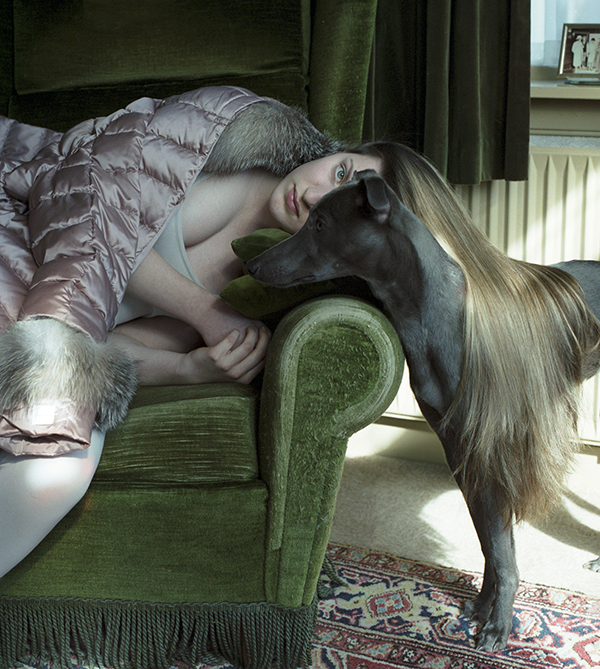
Hellen van Meene, No. 503, 2018
Courtesy the artist and James Freeman Gallery
Okcuoglu: Do you think photography can help confront our fears and overcome them?
Van Meene: In 2016, my mother got ill and the next year, she passed away. I couldn’t make any new photos, and I needed to find a new way of making them. I was taking care of her before she died, so I felt very lost and sad, and then I was depressed once she was gone. I love costume drama, so I was watching Lady Macbeth one day. It’s a dramatic film about death and murder. In one scene, she murdered her father-in-law with poison. The coffin was upright with the dead body in it, and she was standing next to it in a beautiful dress. I saw this image and I thought, Oh, my god, I need to do that. I need to make photos of people in stand-up coffins.
I researched where this phenomenon came from and then found out that around 1839, when photography was just being invented, in America, people made photos of the deceased, not when lying in coffins as we do now, but by raising it upright with the dead body in it, positioning the family members around it, as they felt it was the last time to make a photo of the deceased. Photography was new and no one had the money to make photos like we do now, so that was the last moment to have a picture taken with the deceased. They only did this for a short while in that period. It was very caring. Nowadays we are very much afraid of working with the dead, but back then it was normal, maybe because people died more often then. It was the combination of my mother’s death and these coffins that made me think that I have to do this.
So I called the undertaker who organized my mother’s funeral, and I said I wanted to borrow a coffin. He said, “Yes, it’s fine come over,” and I remember I felt very awkward going there because six months ago, we carried my mother’s coffin. And here I was now, asking for a coffin to make photos with it. I put the coffin in my car, and the next day I had to get some groceries because the photo shoot was a day later. After I had placed the groceries next to the coffin, I thought, “What the hell am I doing? This is insane. Driving around with an empty coffin.” It is a very good thing to take care of your fears. I made the photos, not with deceased people of course, because that’s too much of a struggle. It was like remembering someone for the last time. It was such a poetic feeling. I loved it. When I started making the photos of the dogs, I was afraid of dogs because I had been bitten. I always think you have to challenge and fight your fears. You can’t run away from them; instead, you confront them.
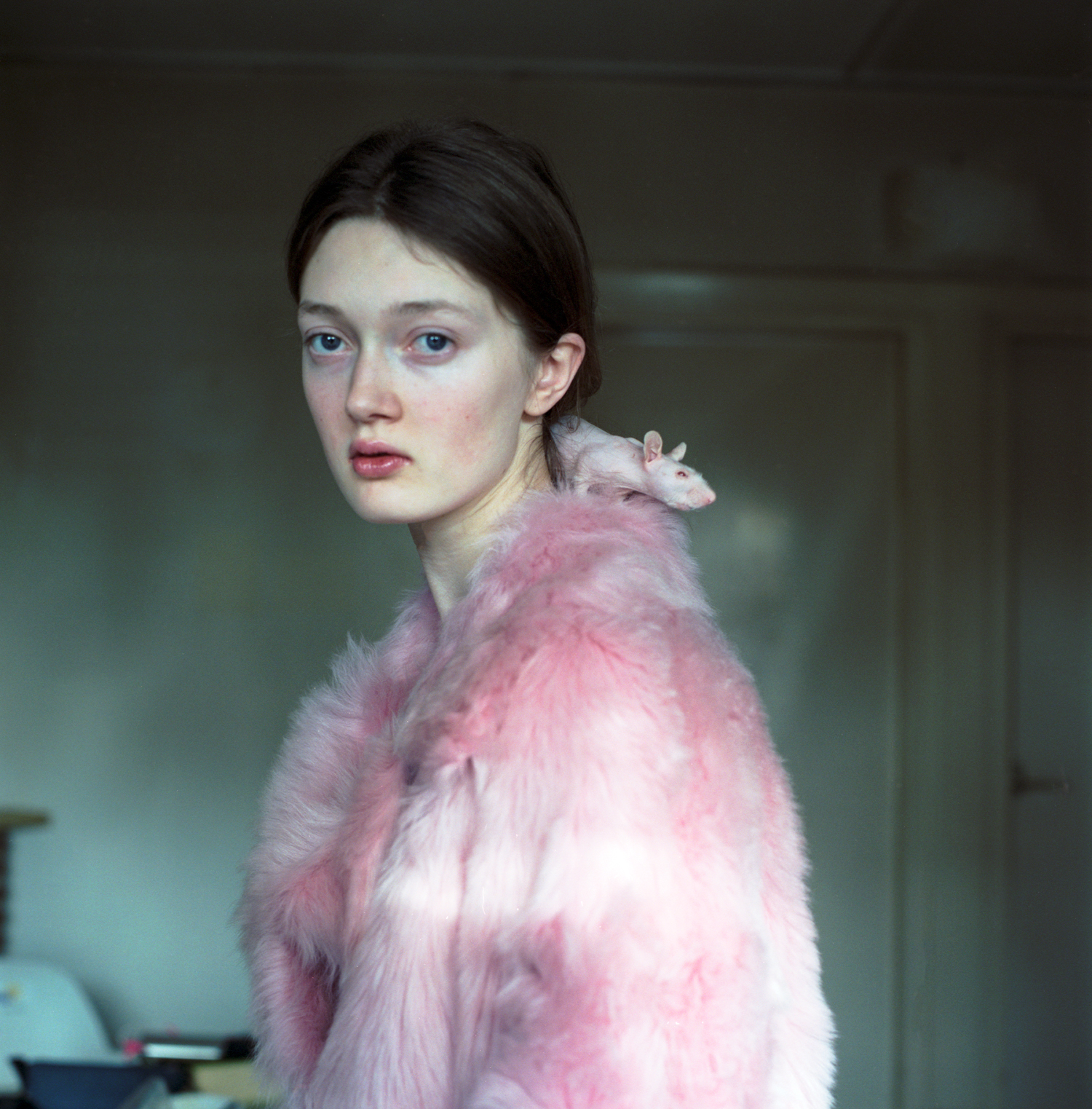
Hellen van Meene, No. 497, 2017
Courtesy the artist and James Freeman Gallery
Okcuoglu: What does it mean to be free in photography?
Van Meene: Looking back at my career, I never made decisions based on making photos I knew would sell a lot. I always followed my instincts. Two weeks ago, I was in Berlin and it has been nine years since I asked girls in the streets myself if they wanted to be photographed. Around 2010 I started to work with magazines for editorials, and you work with a model agency in order to find new faces. I pick the ones that give me a certain chemistry, but I don’t go into the streets myself anymore. You only have two days and you don’t have the time to find great faces, and so that spoilt me. It was easier. When I was working on my latest project, Seven Sins, there, I felt how tough and great it was at the same time, because I still get to find great faces. When you follow your instincts and what makes you happy, it doesn’t feel like a job. Sometimes it’s a bit silly, but I go and push myself into these difficult situations, because I know in the end, I will be rewarded.
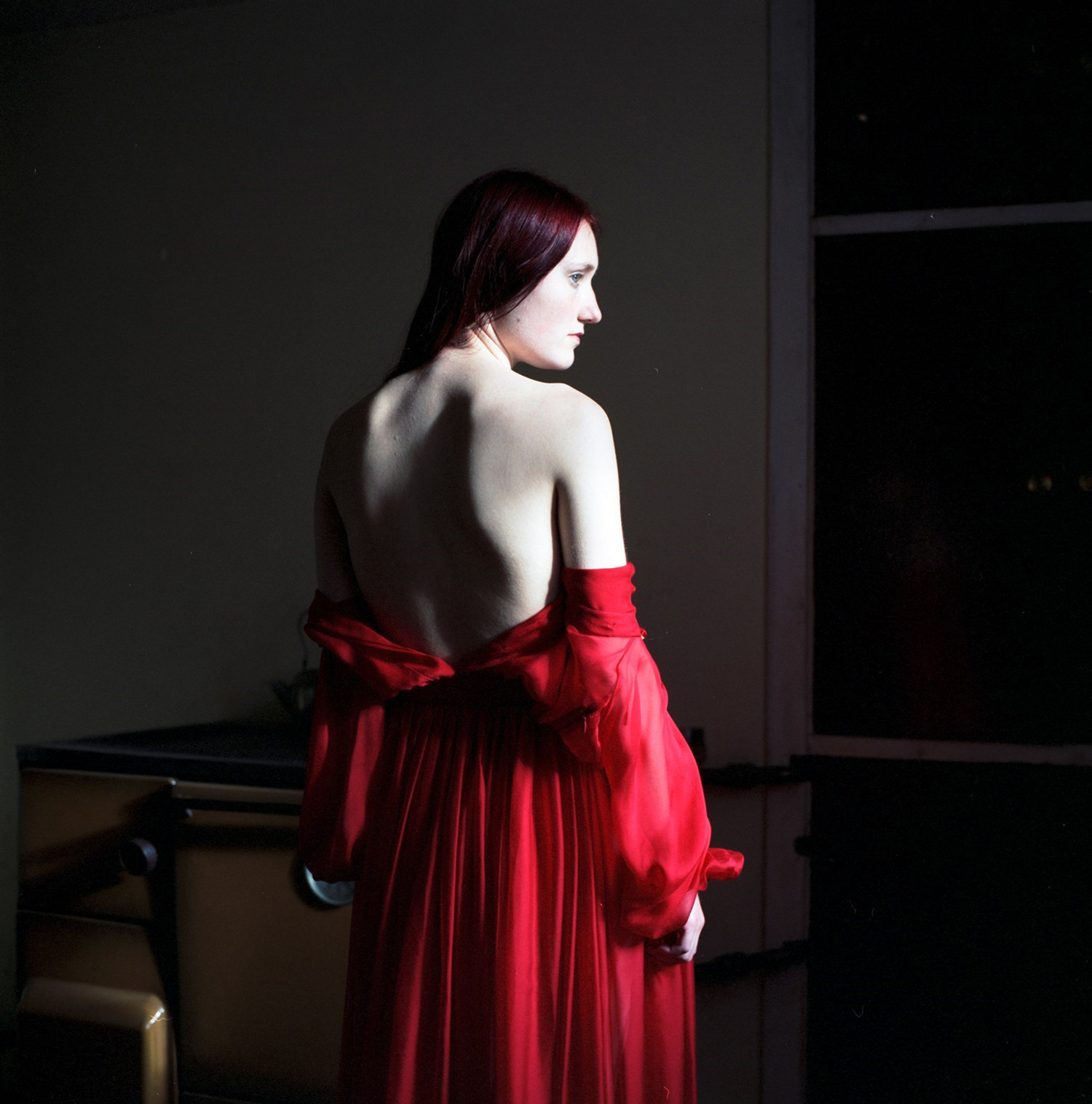
Hellen van Meene, No. 423, 2013
Courtesy the artist and James Freeman Gallery
Okcuoglu: Finally, I would like to ask you about your experience as a woman in the industry.
Van Meene: Sometimes it’s a bit distressing that men the same age as me get more chances than women, especially in photography, as there are a lot of very famous, good women photographers. Men do get more exhibition opportunities than women. If the curator is a man, he always looks for a person who resembles him, that’s the way it works. It is kind of disappointing when you Google museums and see how many solo shows of women there are compared to the male solo shows. I think it should be about the quality of the work.
Hellen van Meene: The Bird in Borrowed Feathers is on view at James Freeman Gallery through August 3, 2019.










